How to plant bulbs – expert tips for every type of bulb flower
Take the time to learn how to plant bulbs properly, and your garden will be bursting with color in every season


With so many joyful flowers to choose from, learning how to plant bulbs will ensure your garden bursts with color and interest throughout the gardening year.
The main flowering season for bulbs is summer and spring, although there are types that will break through the frozen ground in winter, such as snowdrops and crocus, and those that will keep blooming well into fall, such as dahlias and begonias.
Include enough variety in your garden ideas, and you will have something in flower in every season.
Whether choosing the best summer bulbs or the best spring bulbs for your garden, it’s vital to know when to plant bulbs at the right time as they take a while to grow.
‘Planting bulbs is giving yourself a gift of joy to experience later,’ says Peggy Anne Montgomery, floriculture and bulb expert at Flowerbulbs.com.
‘There are so many varieties to choose from, offering different colors, shapes, textures, and sizes. In the spring, plant summer-flowering bulbs like lilies, dahlias, or gladiolas. In the fall, plant spring bulbs like tulips, daffodils, or hyacinths.’
The advice in this article applies to traditional bulbs such as tulips, as well as tubers such as dahlias, corms such as crocosmias, and rhizomes such as canna lilies.
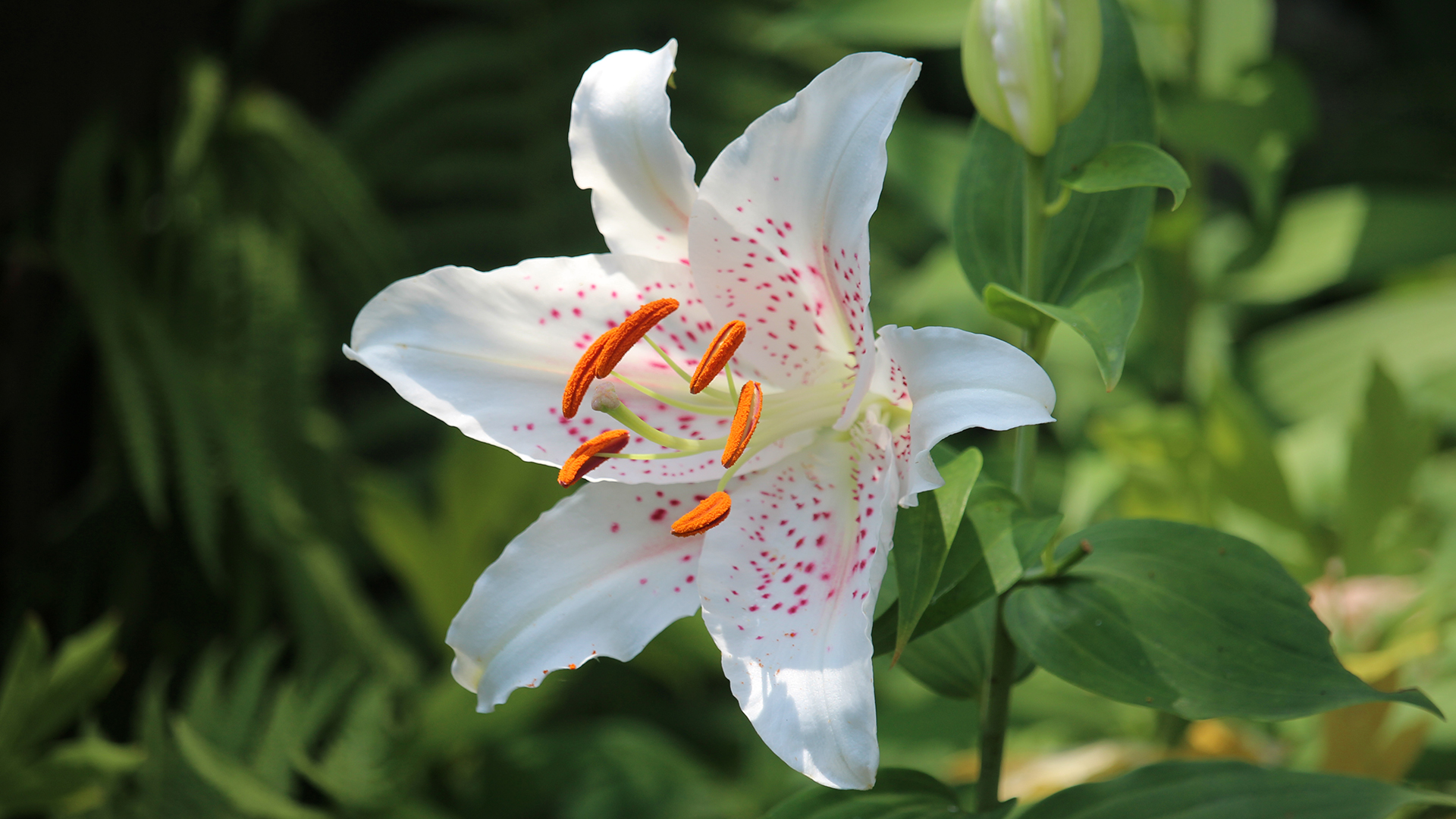
How to plant bulbs – step-by-step guide
Learning how to plant bulbs is easy, and you don’t need to vary your technique much between different types of bulbs.
However, it's always worth checking for any planting notes specific to your chosen flower – when learning how to plant dahlia tubers you will find there are some slightly different approaches than when learning how to plant tulip bulbs, for example.
Bear in mind that most bulbs need a sunny spot and well-drained soil in order to thrive.
- Firstly, you need to prepare the soil to plant your bulbs. ‘Choose loose and well-drained soil, mixing in organic materials like compost and peat moss. You can also add a special bulb fertilizer,’ says Aya Bradley, a gardening expert at The Golden. You can buy bulb fertilizer from Amazon.
- Use a trowel to dig a planting hole or trench. ‘A general rule of thumb on the depth of planting hole is three times as deep as the bulb’s diameter,’ says Joanna VonBergen, founder of Gingham Gardens. ‘For example, if the bulb is 2 inches in diameter, dig a hole approximately 6 inches deep.’
- Consider the bulbs’ planting arrangement carefully. ‘Plant bulbs in drifts or groupings, as opposed to planting in a straight line, for a more pleasing look,’ adds VonBergen.
- Plant your bulbs – providing enough space between each one. ‘Arrange small varieties about 4 inches apart. For larger plants like dahlias and lilies, 5-6 inches is better,’ says Montgomery. ‘Place the bulbs gently into the hole with the pointed top upward.’
- If you are planting bulb flowers that are likely to require support, such as dahlias, then it’s best to stake them at the time of planting, as otherwise you risk piercing the bulbs if you do it retrospectively.
- Cover the bulbs with soil, and immediately water generously to encourage the bulbs to take root. When planting summer bulbs in the spring, it’s important not to let the soil completely dry out, so occasionally check and water if needed. ‘When planting spring-flowering bulbs, add 2-3 inches of mulch on the garden bed to provide added protection from the cold and keep the soil from drying out,’ adds Montgomery.
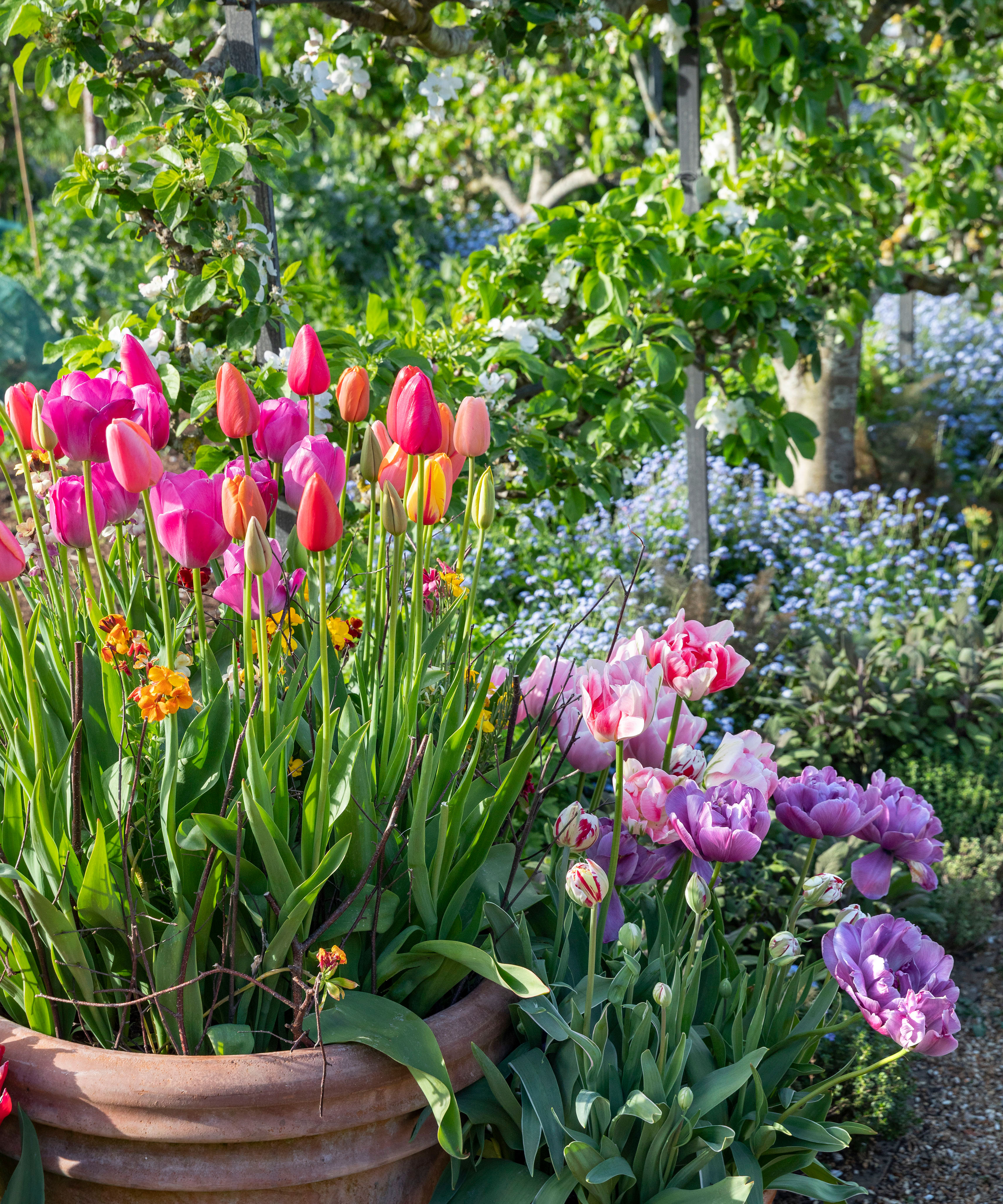
How to plant bulbs in pots
Bulbs grow very well in pots – and make the perfect addition to your container gardening ideas.
When researching how to plant bulbs in pots, you may have come across the term ‘bulb lasagna’ – this simply means layering different bulb varieties at different depths to give a successional show of color.
To do this, plant the earliest flowering bulbs on the bottom layer, and the latest flowering bulbs nearer to the surface.
‘When planting any bulbs, start with a nice deep pot,’ says Montgomery. ‘There must be enough room for a layer of potting soil at least three times the bulbs' height both under and above the bulbs. This way, they have enough room to grow.’
You also must ensure there is a drainage hole at the bottom of the container, to allow water to drain.
- When planting bulbs in pots, prepare your container by adding coarse material to the bottom, to aid drainage. ‘Start with a layer of old pot shards, hydroponic clay pebbles, or gravel,’ says Montgomery.
- Apply a thick layer of potting compost over this, taking it up to the required planting depth.
- Place the bulbs, pointing upwards, on the potting soil. ‘Use more bulbs than you would in a border for a colorful result,’ adds Montgomery. ‘They can be planted closer together than in the garden: keep a distance of at least the diameter of the bulbs.’
- Cover the bulbs with potting compost to the correct depth for the bulb size, then water well. If planting summer bulbs in the spring, check the pots regularly to ensure they haven’t dried out. If planting in the fall, water again in January and February.
- Position the container in a sunny spot.
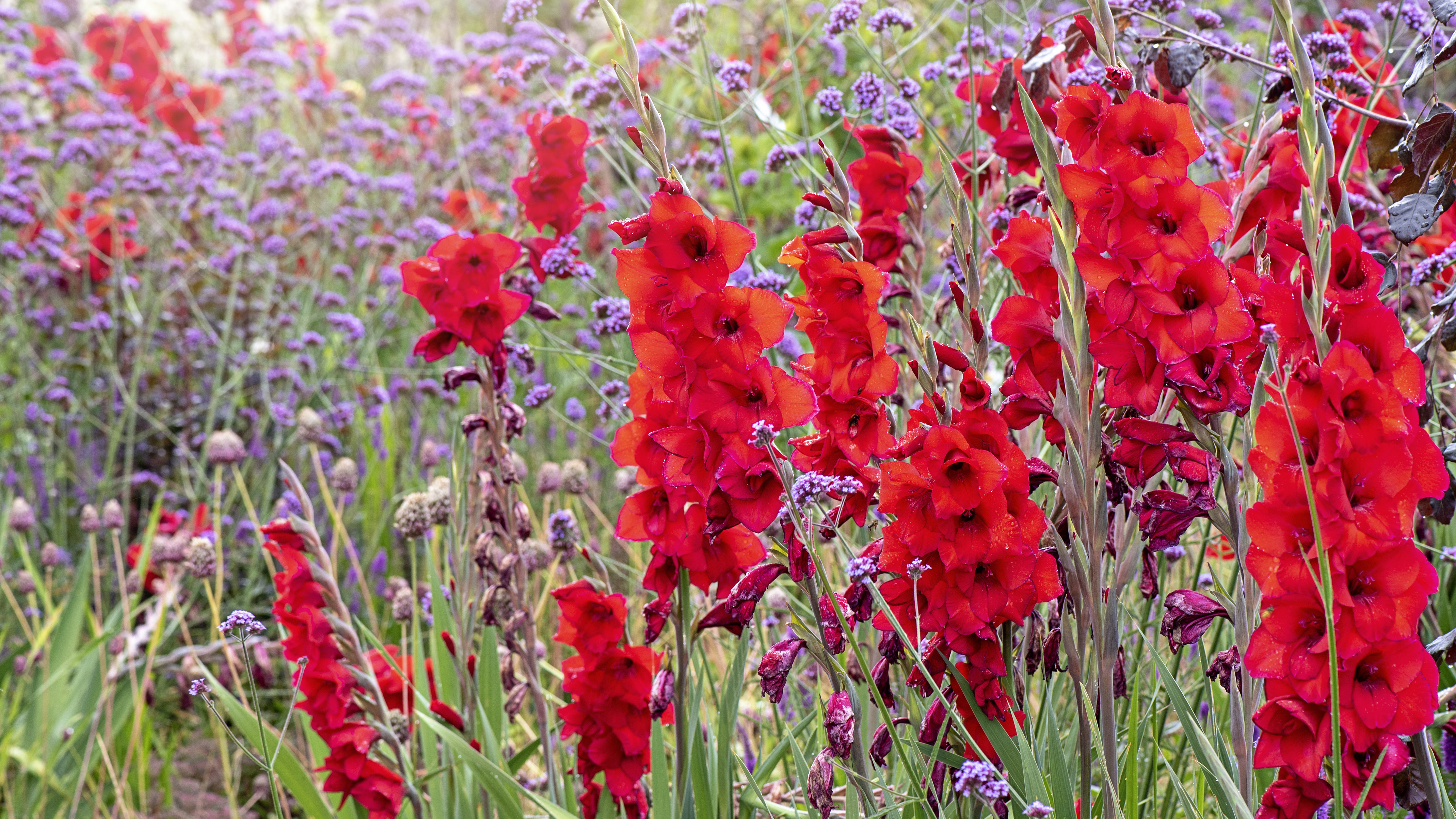
Should you soak bulbs before planting?
It is not necessary to soak bulbs before planting, so you can skip this step. However, some gardeners prefer to soak bulbs as they believe it enables them to establish more quickly.
‘Soaking helps to ensure that the bulbs are hydrated, which is important for proper root growth,’ says Stephen Webb, founder of Garden’s Whisper.
‘In addition, soaking softens the protective coating on the bulbs, making it easier for new roots to penetrate. It also helps to reduce the risk of rot, which can be a problem if bulbs are planted in poorly draining soils.’
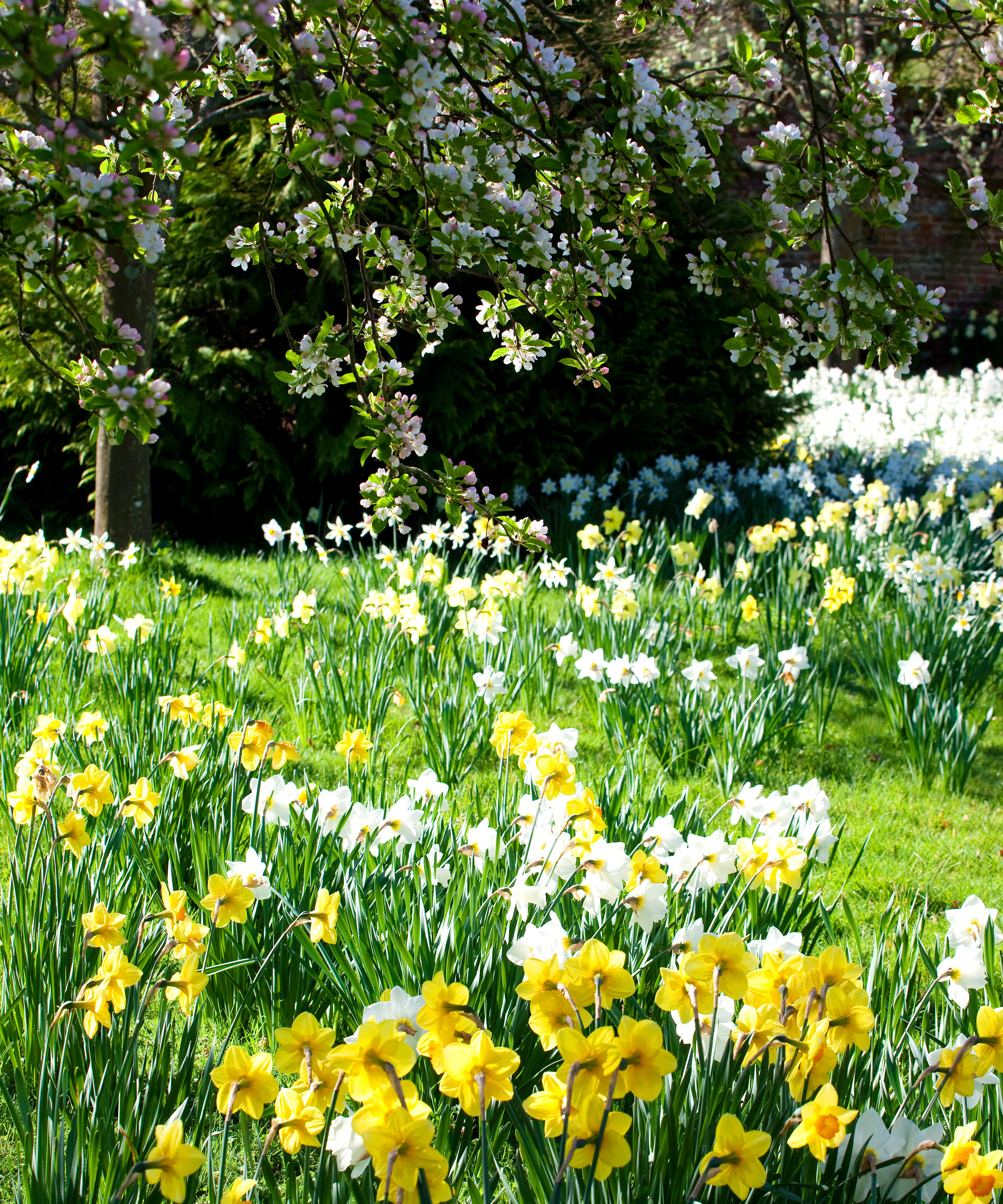
When should I plant bulbs?
Spring bulbs – such as tulips, daffodils, and snowdrops – should be planted in the fall once cooler temperatures have set in. ‘If planted too early, the warm weather may confuse the bulbs and cause them to start growing,’ says Montgomery.
‘Make sure, however, to get them in before the soil freezes for the first time. They need the winter to grow roots and get established.’
Summer bulbs – like dahlias, gladiolas, and lilies – are planted in the spring once temperatures have consistently reached above 50°F.
‘If you are hoping to get a jump start on the season, start bulbs indoors in containers and relocate them outdoors during the proper season,’ adds Montgomery.
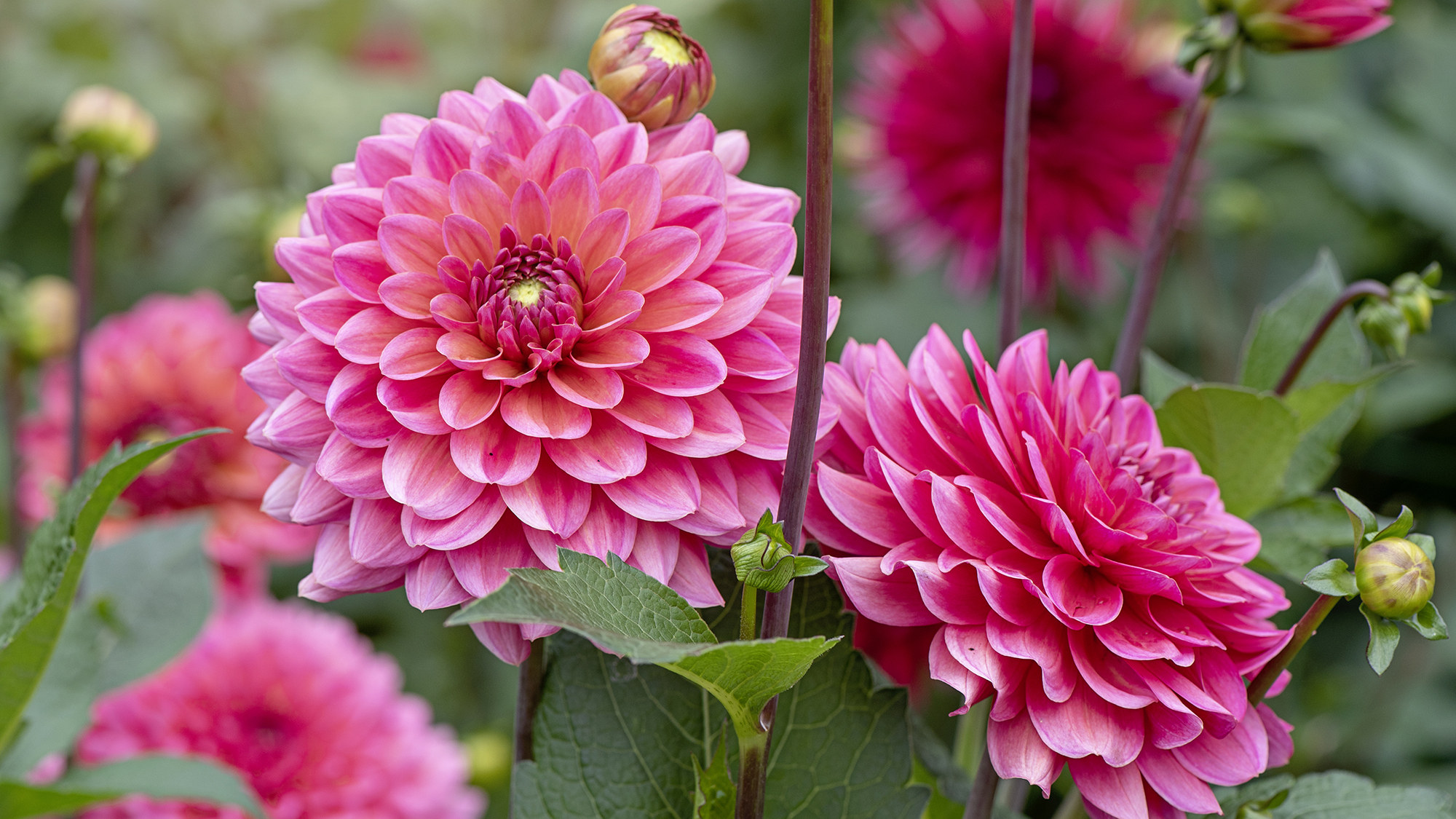
Should you dig up your bulbs?
Hardy bulbs can stay in the ground over winter – in particular spring bulbs require a cold period of dormancy. However, they will usually benefit from being mulched in the fall to protect their roots.
Some summer bulbs need more consideration for overwintering – particular in cooler areas. ‘In harsh climates, dig them up and store tender bulbs over the winter months,’ says Bradley.
‘To do this, try cutting the tall stems back to a few inches for more protection. Then, loosen the soil with a fork or a hand trowel. Shake the soil from the roots and spread the bulbs on a paper towel to dry.’
Once dry, place them in a mesh bag and store them in a cool, dry place of 50 to 60°F.
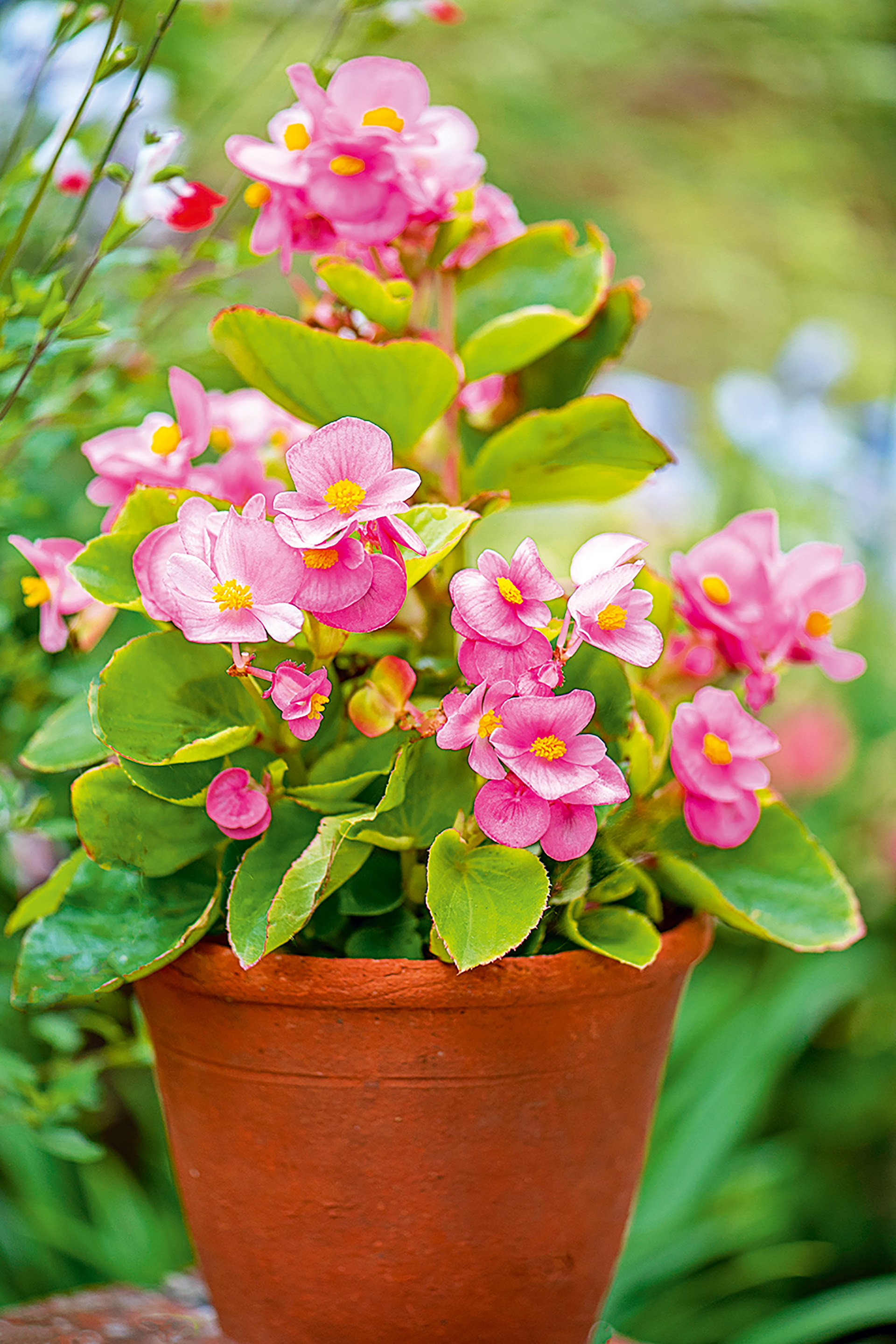
Are spring or summer bulbs best?
Spring flowering bulbs are an essential addition to the garden, as they are usually the first signs of life after a cold, bleak winter when the rest of the landscape is still dormant.
‘Crocuses, tulips, daffodils, hyacinths, and more, with their vibrant colors and shapes, are amazing at giving off positive vibes while the rest of the garden is still asleep; plus, with the many shapes and sizes, you can exercise your creativity through creating beautiful landscapes,’ says Montgomery.
Summer bulbs will flower when the garden is at its peak, offering show-stopping blooms, decadent fragrance, and texture.
‘Whether looking for something to brighten up the garden for the season or year after year, consider summer flowering bulbs like crocosmia, dahlias, gladiolas, or lilies,’ adds Montgomery.
‘They can be used like annuals around structure plants to give the garden dimension or added to containers for a season-long show. Bulbs also offer biodiversity and attract pollinators.’
Spring and summer bulbs are planted generally the same way, except that summer bulbs will need extra watering sessions after they are planted to support root growth.
Sign up to the Homes & Gardens newsletter
Design expertise in your inbox – from inspiring decorating ideas and beautiful celebrity homes to practical gardening advice and shopping round-ups.

Melanie has worked in homes and gardens media for two decades. Having previously served as Editor on Period Living magazine, and worked on Homes & Gardens, Gardening Etc, Real Homes, and Homebuilding & Renovating, she is now focusing on her passion for gardening as a Senior Editor at Gardening Know How. As a keen home grower, Melanie has experimented with pretty much every type of vegetable at some point – with mixed results. Often it is the simplest things that elude you, which may explain why she just can't seem to master zucchinis.
-
 I’m an HVAC technician, and this is when I turn my AC on each year – plus 5 checks I always do beforehand
I’m an HVAC technician, and this is when I turn my AC on each year – plus 5 checks I always do beforehandSave yourself an AC hassle by running my checks and turning it on before big heat hits
By Josh Mitchell Published
-
 This simple marble hack elevates my budget-friendly wooden kitchen countertops and prevents the dreaded water damage for way less than you’d think
This simple marble hack elevates my budget-friendly wooden kitchen countertops and prevents the dreaded water damage for way less than you’d thinkThis design trick looks expensive, solves a problem, and was the easiest decision I made during my kitchen reno
By Charlotte Olby Published